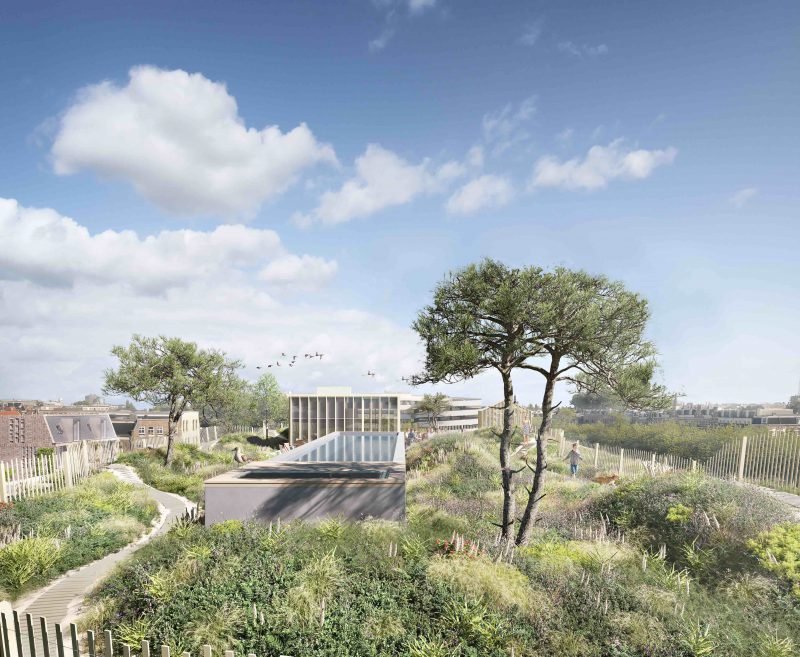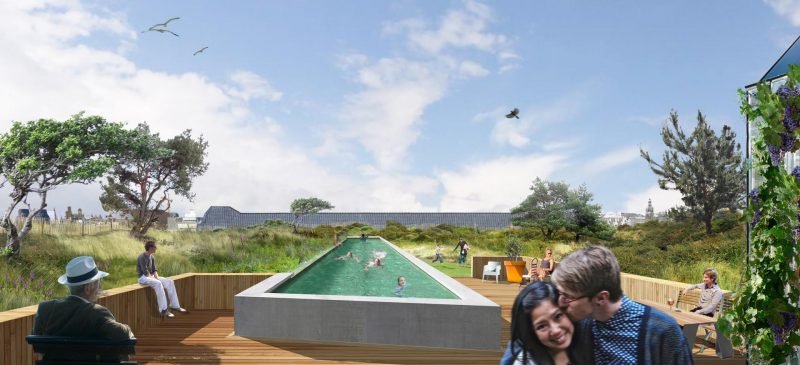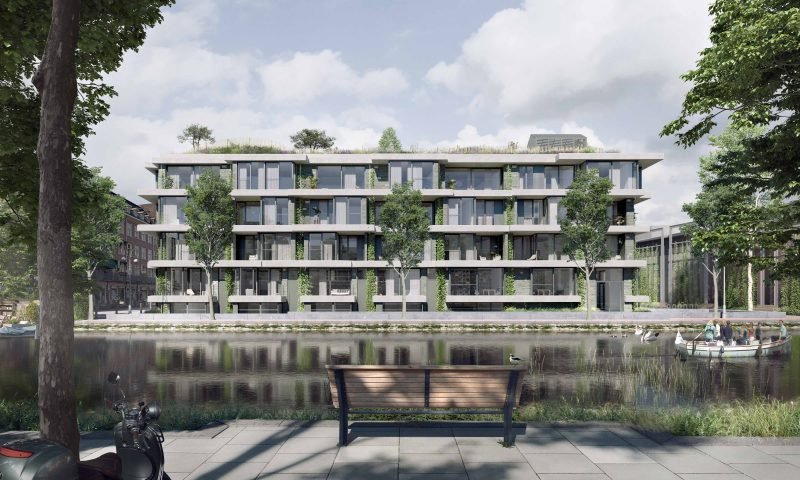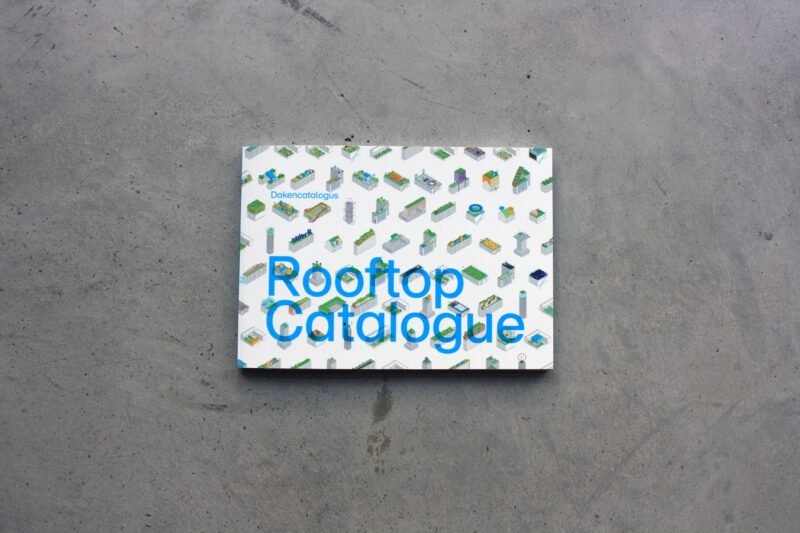Dunes on an Urban Rooftop — Why Not?
A dune landscape will soon emerge on the roof of two new housing blocks in Amsterdam. The buildings will not just provide a place for humans — they will also be a home to native plants and animals.
Groenmarkt is a development of two new residential blocks that are currently developed in Amsterdam, designed by landscape architects Buro Harro. The two blocks are situated on one of the city’s canals with a local ‘Jordaan style’ square with greenery between them. The ground floor square and their green facades are hints of the wonders to come, but still, from the street eye level, we won’t easily notice the spectacular ecosystem that the rooftop houses.


Buro Harro describes the building not just as a housing unit but as a place where bats, birds, bees, and butterflies live alongside humans. The facade bricks intentionally create some voids to allow birds to nest and climbing plants to find their way up. Once the highest level of the building is reached, an iconic Dutch dune landscape tops the apartments. Trees and native grass will be planted, and an open air swimming pool will complete this community space.

The inclusion of green elements in the city is a constant in Buro Harro’s project. While his practice continues, we wonder if the builders of urban environments will consciously create ecosystems that will integrate more fauna and flora with our cities. We are maybe preparing for a future in which cities go back to a more primitive state of nature.



